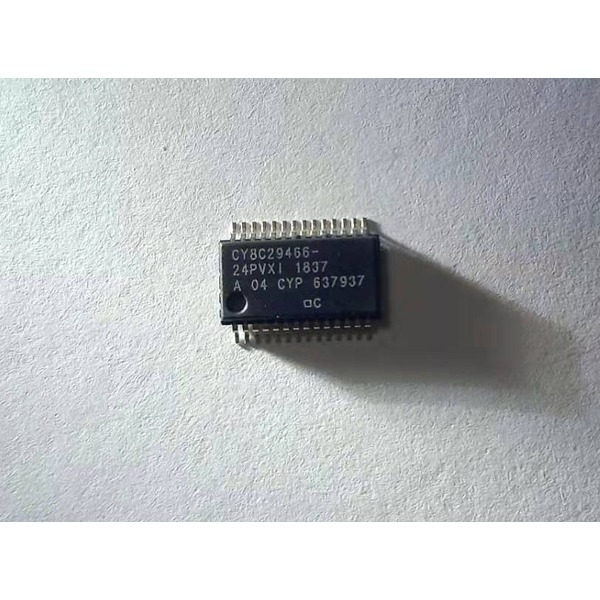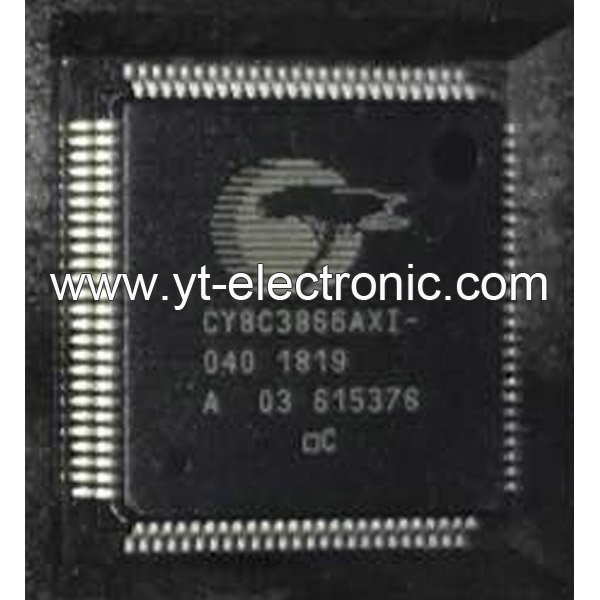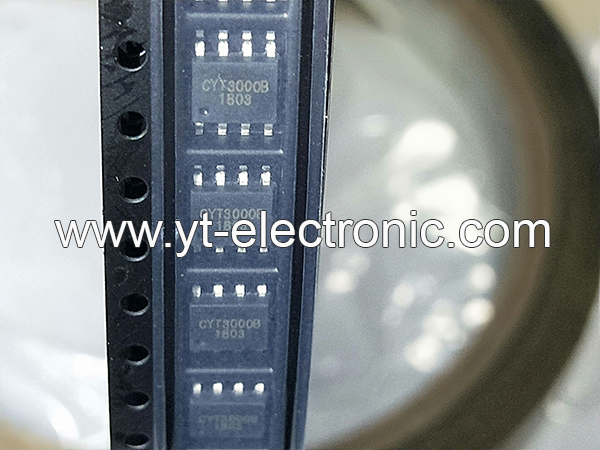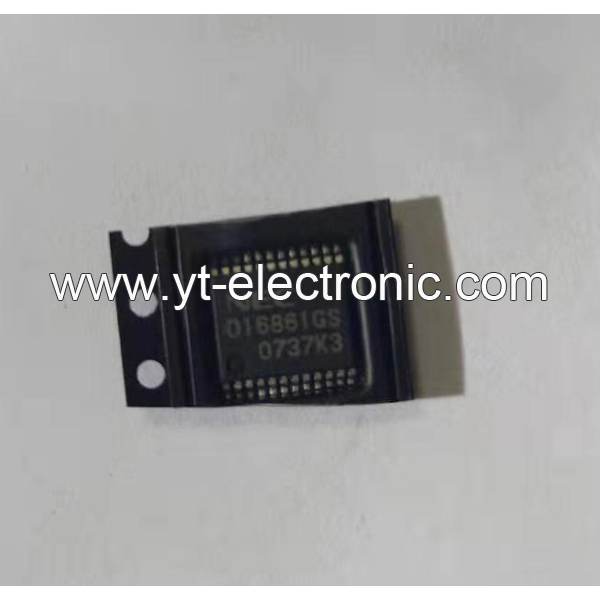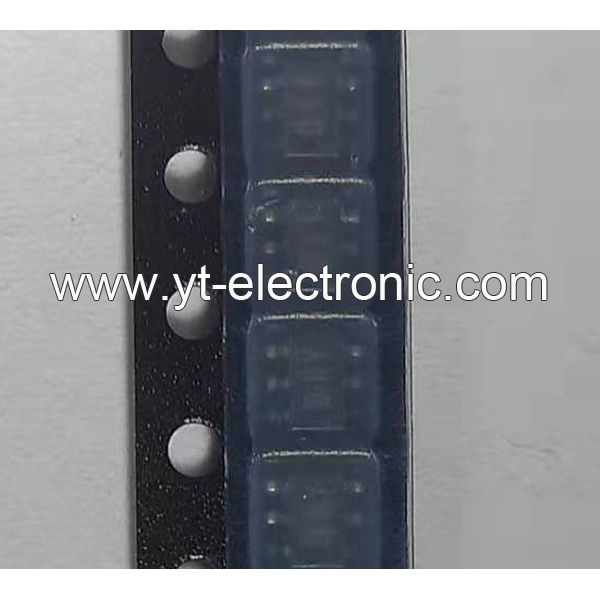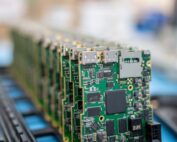Integrated Circuits (ICs)
1. Integrated Circuits (ICs) Overview
Integrated Circuits is a microelectronic device that integrates electronic components such as transistors, resistors, capacitors, inductors, etc. on semiconductor chips (such as silicon or gallium arsenide) or dielectric substrates through specific processes. All components form a whole structure, with the characteristics of miniaturization, low power consumption, high reliability, etc., and are represented by "IC" in the circuit.
2. What are the Types of Integrated Circuits (ICs)?
According to functions and application scenarios, ICs are mainly divided into the following categories:
Analog integrated circuits: Processing continuous signals, such as operational amplifiers and sensor signal conditioning chips.
Digital integrated circuits: Processing discrete digital signals, including logic gates, microprocessors, memories, etc.
Mixed-signal integrated circuits: Combining analog and digital functions, such as analog-to-digital converters (ADCs) and digital-to-analog converters (DACs).
Power ICs: Focusing on power management and driving, such as power management chips (PMICs) and driver chips (Driver ICs), are widely used in smartphones, automobiles, and industrial equipment.
RF/Microwave ICs: used in high-frequency communication systems, such as 5G RF chips and microwave filters.
3. What are Integrated Circuits (ICs) Used for?
Communication Technology: Processors and RF chips in smartphones, and high-speed data transmission modules for 5G base stations.
Medical Equipment: Low-power control chips for wearable health monitoring devices (such as smartwatches) and implantable devices (such as pacemakers).
Automotive Electronics: Sensor processing chips for autonomous driving systems, vehicle-to-everything (V2X) communication modules, and battery management systems (BMS) for electric vehicles.
Computers and Consumer Electronics: High-performance computing chips such as CPUs and GPUs, as well as control units in home appliances.
Industry and Internet of Things: Low-power chips for industrial automation controllers and Internet of Things nodes.
4. What are the Main Features of Integrated Circuits (ICs)?
High Integration: Nanoscale component density is achieved through processes such as photolithography, and performance is continuously improved in accordance with Moore's Law.
Low-power Design: CMOS technology is used to reduce energy consumption, suitable for mobile devices and wearable technology.
Reliability: Packaging technology (such as QFN, and BGA) improves anti-interference ability and environmental adaptability.
5. What are the Manufacturing Process of Integrated Circuits (ICs)?
Design and verification: Circuit design and simulation are completed through EDA tools.
Wafer processing: Circuit structure is formed on silicon wafers through deposition, lithography, etching, and other processes.
Packaging test: After cutting the wafer, it is packaged into independent chips, and functional and reliability tests are performed.
6. What are the Industry Trends of Integrated Circuits (ICs)?
With the popularization of 5G, artificial intelligence and electric vehicles, the demand for high-performance, low-power ICs continues to grow. In 2024, the global power ICs market size has exceeded US$21.5 billion, and it is expected to expand further in the fields of smart driving and green energy in the future.
7. Typical Brands for Integrated Circuits (ICs)
NXP
DIODES
ST
ON
TI
8. Integrated Circuits (ICs) FAQs
1) What are the core components and materials of ICs?
Material: Semiconductor wafers are mainly based on silicon (Si) or germanium (Ge), with silicon being the mainstream in modern times.
Composition: Transistors, resistors, capacitors, and interconnect wiring are integrated into semiconductor substrates through processes such as lithography, diffusion, and oxidation.
2) What key technologies are involved in the manufacturing of ICs?
Core Processes: Oxidation, lithography, diffusion, epitaxial growth, metal evaporation, etc.
Design Technology: Including circuit design, layout and packaging testing, etc.
3) What are the Advantages of ICs over discrete component circuits?
Volume and Weight: Highly integrated, greatly reducing circuit size.
Performance: Low power consumption, high reliability, and suitable for mass production.
Cost: The cost of mass production is lower than that of discrete component combinations.
4) What are the common methods for IC failure analysis?
Electrical Analysis: Curve tracer (CT) detects short circuits/open circuits, and parameter analyzer evaluates transistor performance.
Optical Inspection: Infrared microscopy locates internal defects, and thermal emission microscopy (TIVA/OBIRCH) detects leakage current points.




